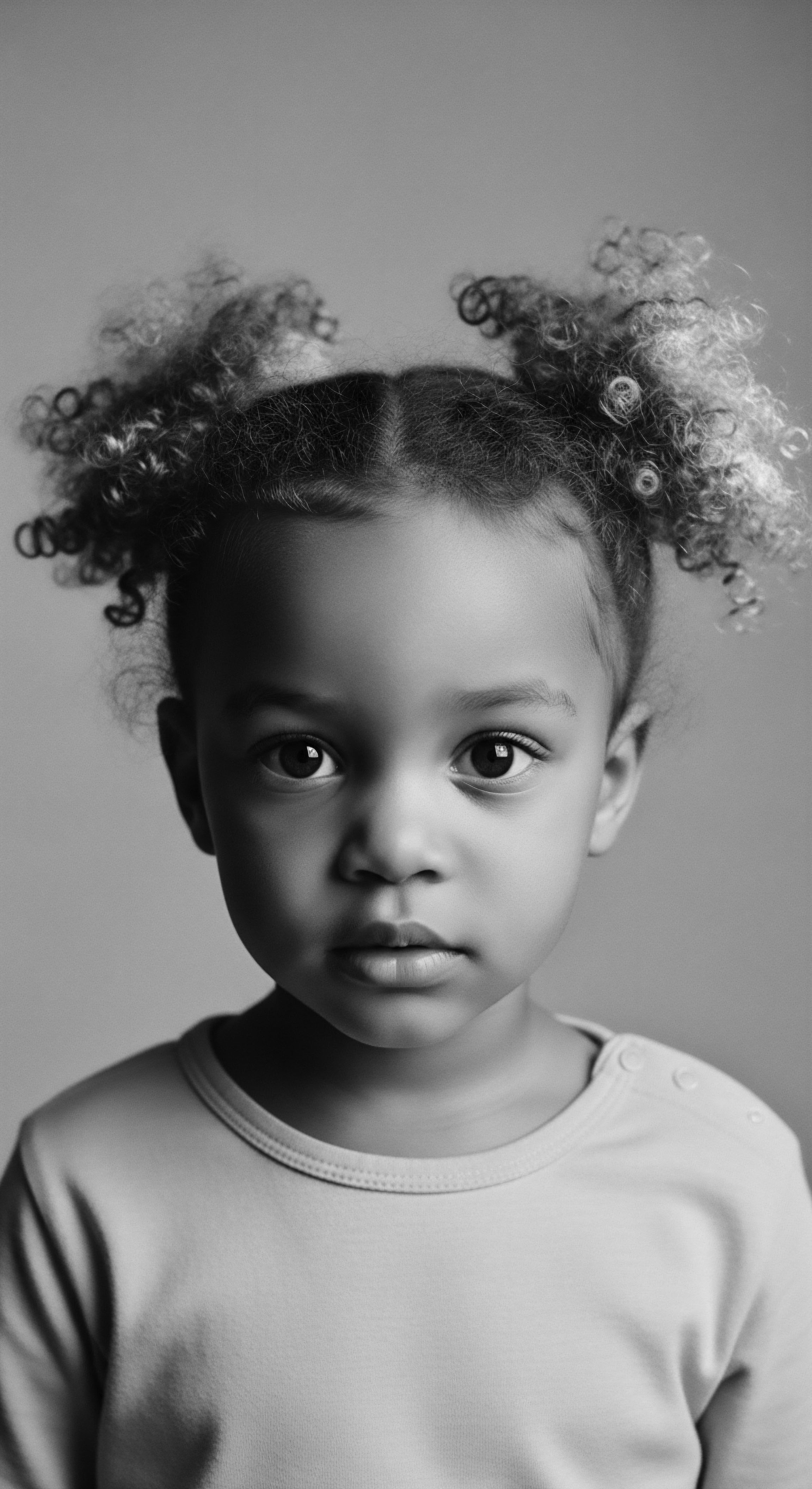
How did early braiding patterns communicate heritage?
Early braiding patterns communicated social status, age, tribal affiliation, and even clandestine survival messages, deeply rooting identity within textured hair heritage.
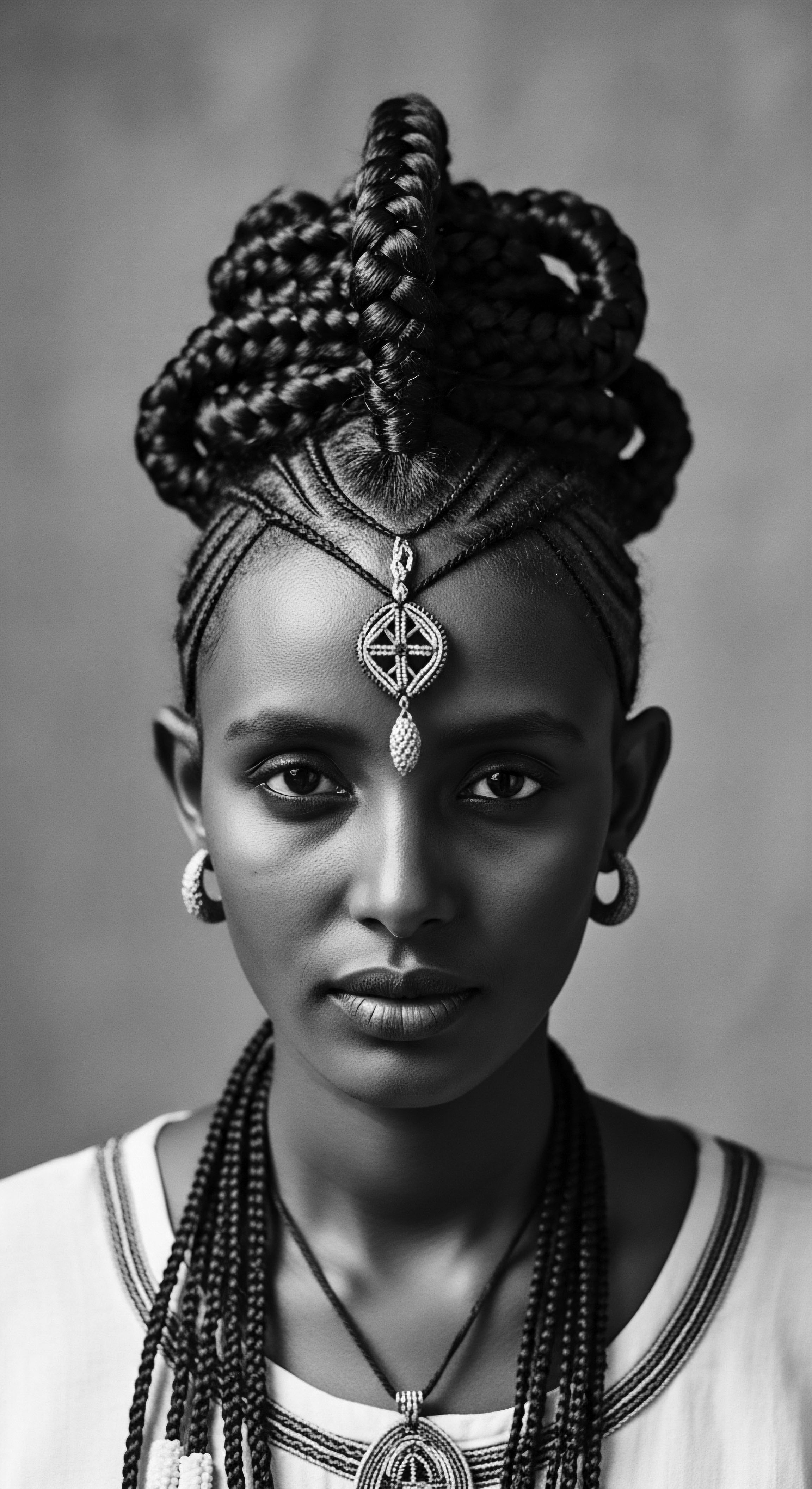
How did historical braiding styles communicate heritage?
Historical braiding styles conveyed heritage through symbolic patterns, social status, and covert communication of survival.

How did ancient protective styles benefit textured hair?
Ancient protective styles, rooted in heritage, shielded textured hair from elements, reduced manipulation, and retained moisture, preserving vitality across generations.

What is the historical importance of braided hair?
Braided hair holds deep historical significance for textured strands, reflecting identity, resistance, and ancestral wisdom.

What ancestral hair tools shaped modern textured hair care?
Ancestral hair tools, from wide-toothed combs to braiding picks, directly influenced modern textured hair care by prioritizing gentle manipulation, protection, and cultural identity.

What traditional tools were used for ancient textured hair?
Ancient textured hair tools, often from bone or wood, empowered ancestral styling and care rooted in deep heritage.

How does historical braiding safeguard textured hair health?
Historical braiding methods protect textured hair by reducing manipulation and providing a physical shield, honoring ancestral care wisdom.

How did braiding practices preserve Black cultural heritage across generations?
Braiding practices preserved Black cultural heritage by serving as ancestral communication, communal bonding, and a symbol of identity and resistance.

What historical practices protected textured hair’s biological structure?
Ancestral practices protected textured hair's biological structure through protective styling, natural ingredients, and mindful care rooted in cultural heritage.

What historical meaning do braids carry for heritage?
Braids signify a profound historical meaning for heritage, serving as cultural identity markers, communication tools, and symbols of resilience within textured hair legacies.

How did braiding hair aid escape?
Braided hair, especially cornrows, aided escape by concealing maps, valuable seeds, and coded messages, serving as a vital heritage-infused tool for liberation.

How do historical braiding practices benefit textured hair today?
Historical braiding practices preserve textured hair today by offering profound protective, moisture-retaining, and identity-affirming benefits, echoing ancestral wisdom.

How does historical braiding safeguard textured hair?
Historical braiding safeguards textured hair by reducing manipulation, sealing moisture, and serving as a deep cultural expression.
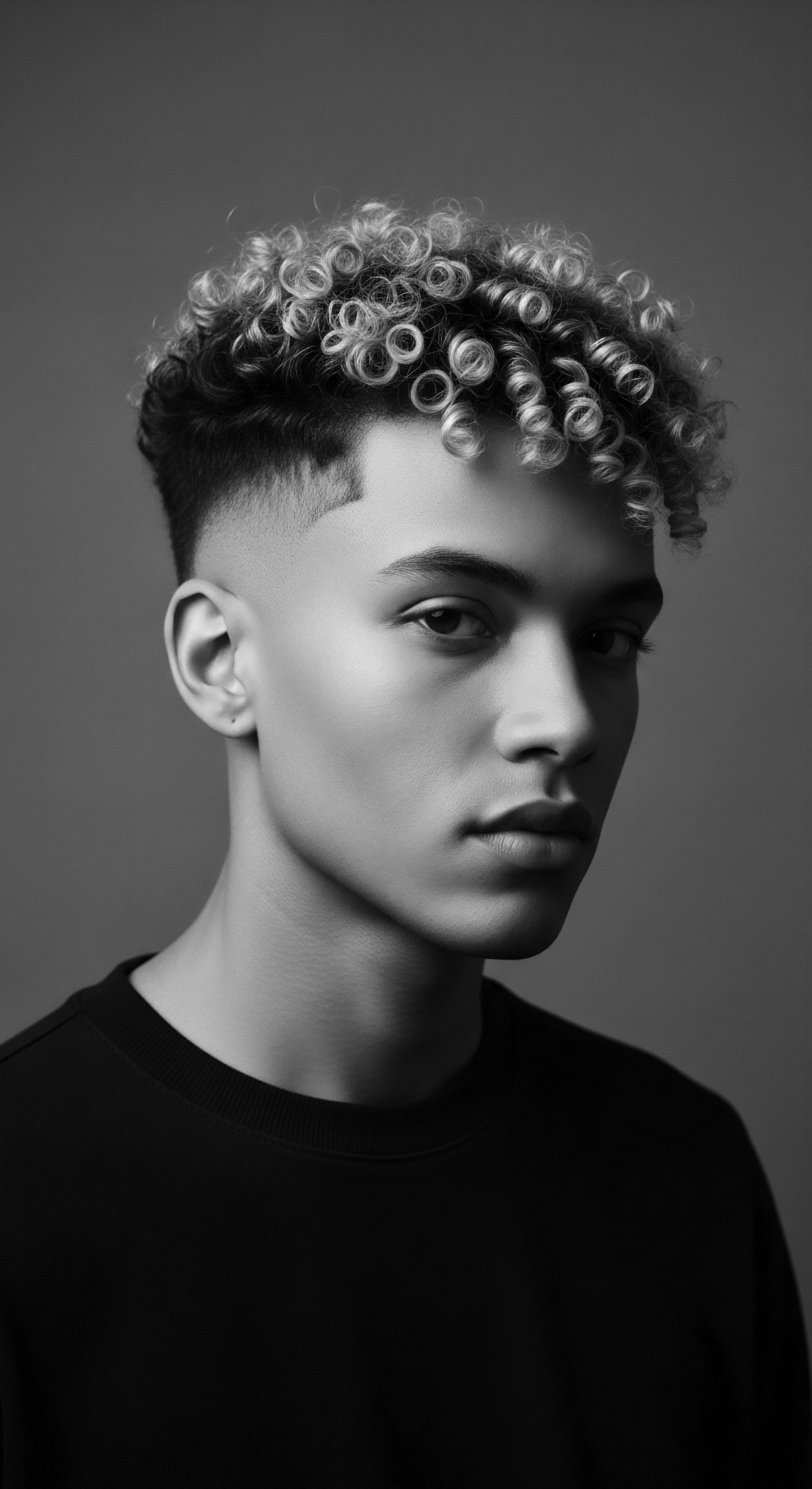
What historical role did braiding play in textured hair heritage?
Braiding shaped textured hair heritage as a visual language of identity, a resistance tool, and a communal practice.

What historical role did braids play in hair preservation?
Braids have historically preserved textured hair by minimizing damage, retaining moisture, and serving as profound cultural and survival tools.

How do braids protect textured hair from environmental damage?
Braids protect textured hair by creating a physical barrier against environmental elements and retaining moisture, echoing ancestral wisdom.

How do braids convey cultural heritage across generations?
Braids transmit lineage through styles, serving as a visual language of belonging, resilience, and inherited wisdom.

How far back do textured hair practices extend?
Textured hair practices stretch back millennia, deeply rooted in ancient African civilizations, signifying heritage, status, and spirituality.

What archaeological evidence reveals earliest textured hair care?
Archaeological finds reveal ancient combs, styling products, and intricate braids as early textured hair care, deeply connecting to heritage.

What ancient civilizations nurtured textured hair?
Ancient civilizations, particularly across Africa, nurtured textured hair through intricate styling, natural remedies, and communal rituals that symbolized status and heritage.

What is the ancestral meaning behind protective hairstyles for textured hair?
Protective hairstyles for textured hair embody ancestral heritage, representing cultural identity, resilience, and deep, intuitive care.

What is the historical significance of braiding in textured hair communities?
Braiding in textured hair communities stands as a testament to deep ancestral wisdom, signifying identity, communication, and resilience.
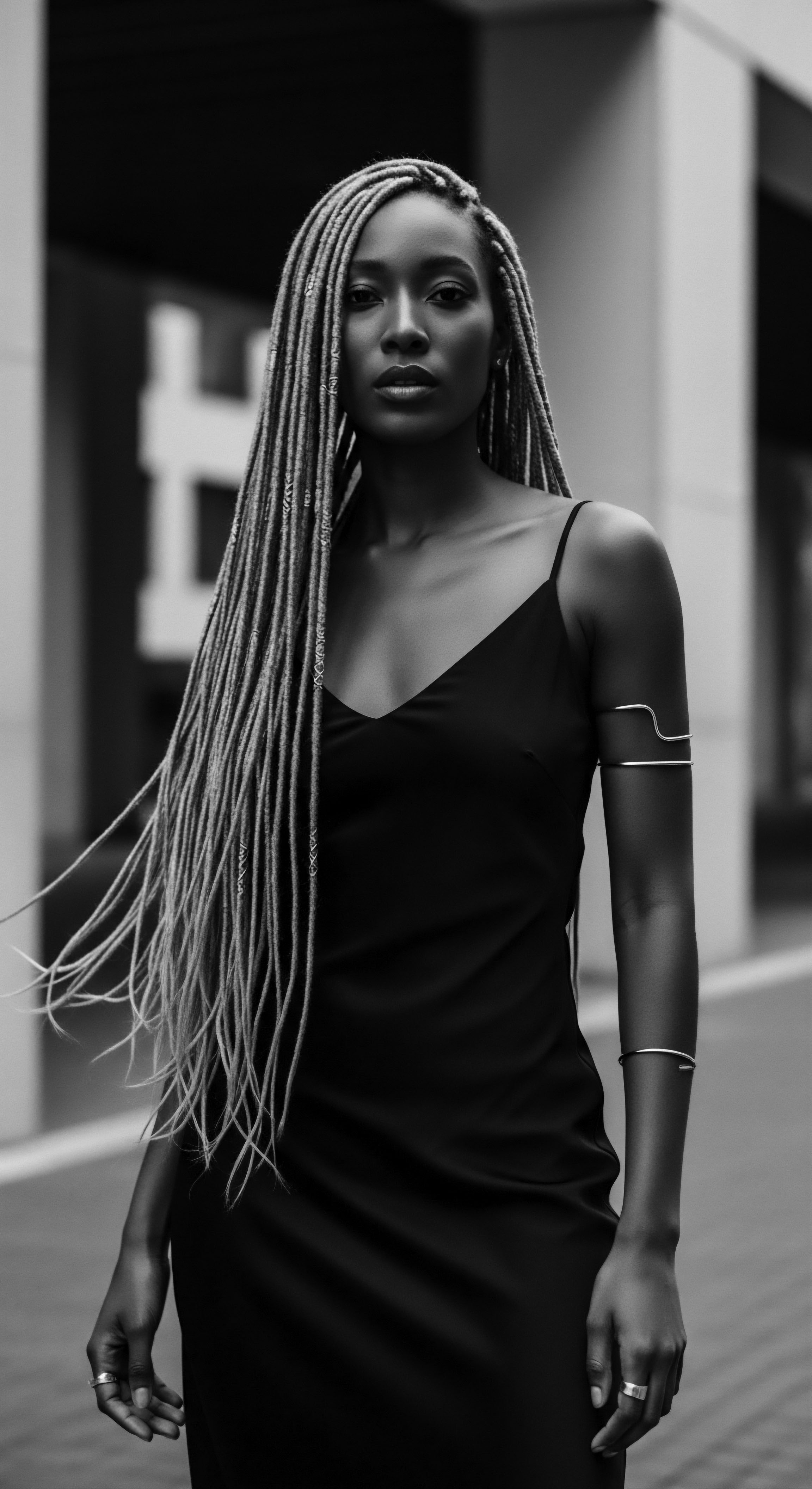
What historical meaning do braids hold for textured hair heritage?
Braids for textured hair represent a profound historical record, conveying identity, status, resilience, and ancestral knowledge.
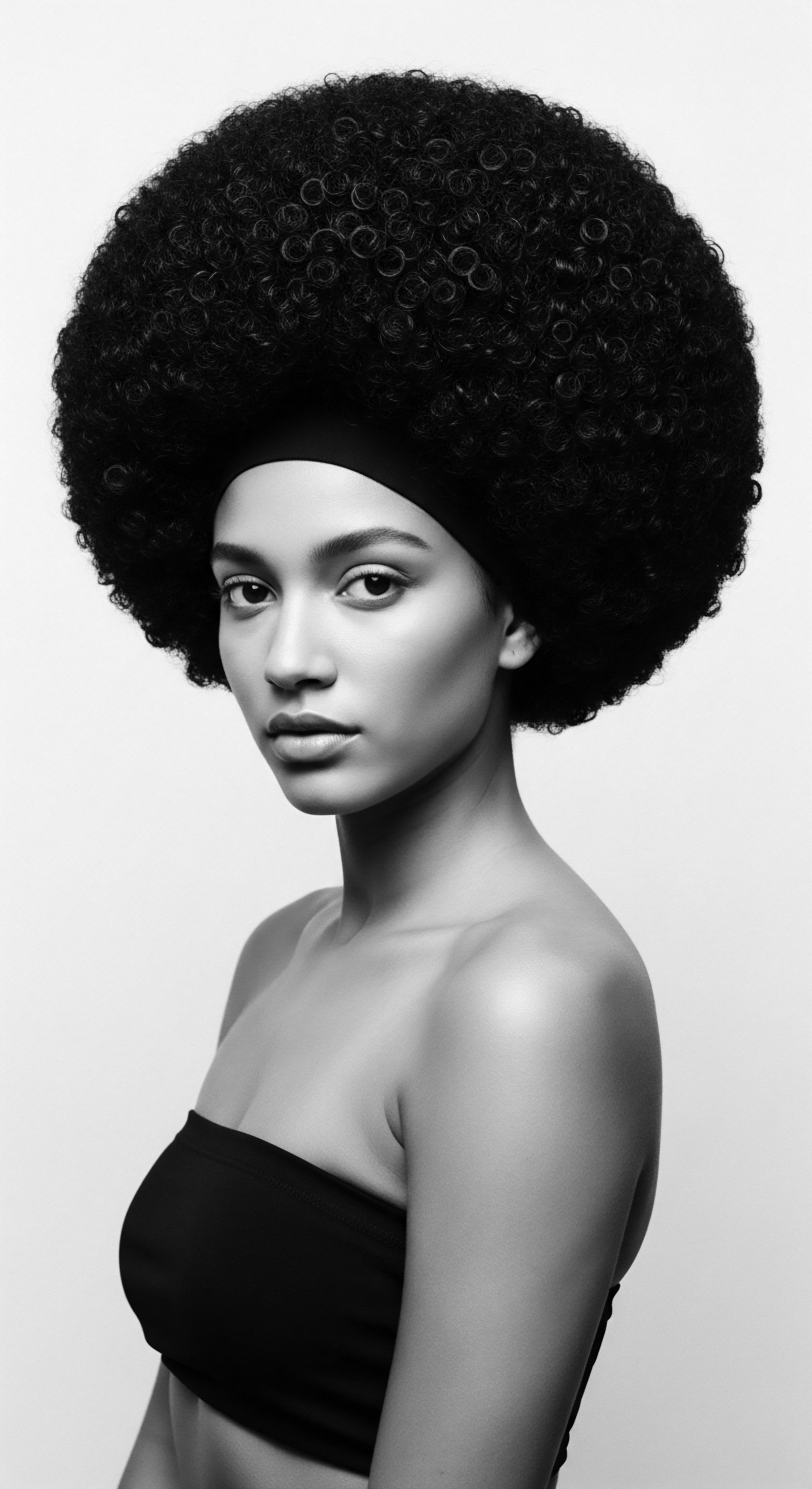
In what ways did cultural heritage influence traditional hair care?
Cultural heritage shaped traditional hair care through symbolic styles, natural ingredients, communal rituals, and acts of resilience for textured hair.

What historical communal practices preserved Black hair heritage?
Historical communal practices preserved Black hair heritage through communal grooming, protective styling, and coded communication.

How do historical braiding practices connect to modern textured hair heritage?
Historical braiding practices are vital threads connecting ancestral resilience, cultural identity, and ingenious care to modern textured hair heritage.
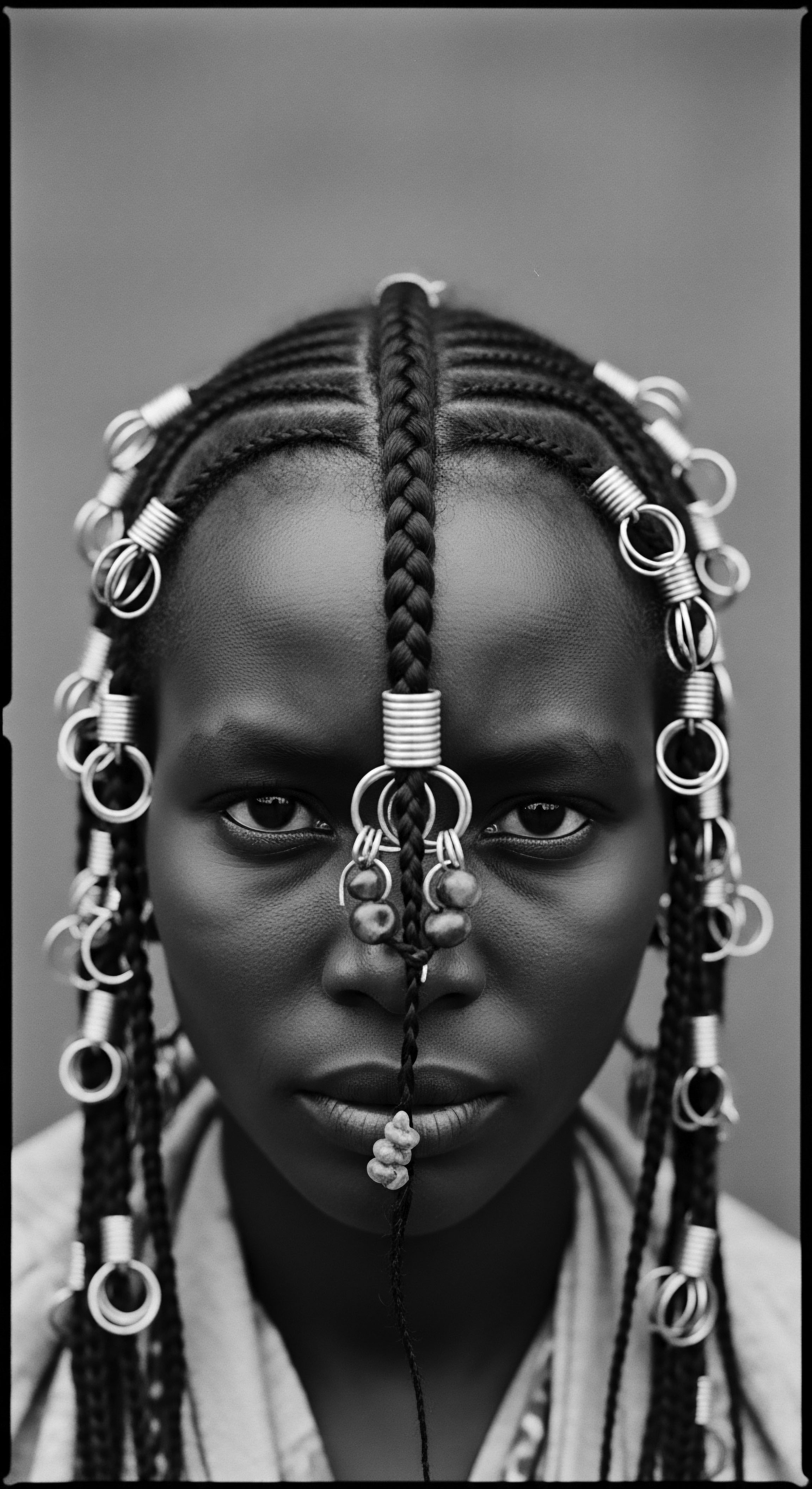
What is the cultural significance of ancient braiding practices for textured hair?
Ancient braiding practices for textured hair are a profound cultural statement, reflecting ancestral ingenuity and preserving heritage through visual artistry.

